RNLI celebrates 200 years of 'saving lives at sea'
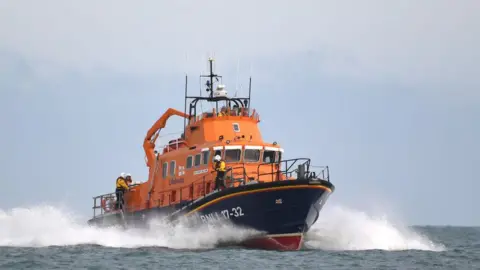 Getty Images
Getty ImagesTwo-hundred years ago, the Royal National Lifeboat Institution charity was created. The service's motto is "saving lives at sea", but its beginnings were very much on dry land - right in the heart of the City of London.
A lifeboat service was the vision of Sir William Hillary, a resident of the Isle of Man, who published a pamphlet detailing his plans in 1823. However, they fell on deaf ears until he convinced a group of influential men in the City of London to take notice.
A year later, at a meeting in the London Tavern on Bishopsgate on the night of 4 March 1824, the great and the good of London high society gathered to discuss the plans.
They included the Archbishop of Canterbury, the Liberal MP for Southwark Thomas Wilson and the anti-slavery campaigner William Wilberforce - whose names can be seen on the written records of the meeting which are held in the RNLI's archives.
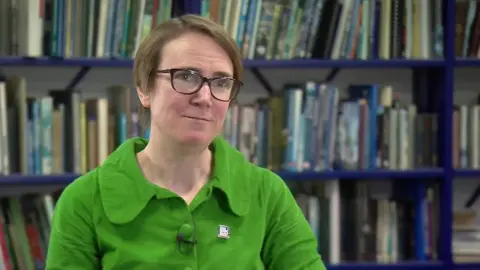
The minutes of that very first meeting set out what the charity would become.
RNLI archivist Hayley Whiting says: "The minutes tell us what they wanted the charity to be and 200 years later we're still holding strong to those. It's saving everyone, saving lives at sea.
"It's a volunteer organisation with volunteer crew and that it's supported by charitable donations which since 1824 we have been. It's a really significant event - a key part of our history that we're celebrating."
The London Tavern has now gone, in its place is a sky-high office block. But at its base is a carved stone plaque, paying tribute to those who started the RNLI 200 years ago on that spot.
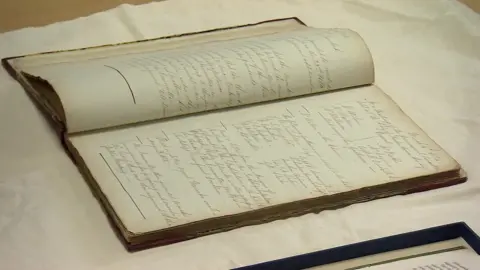
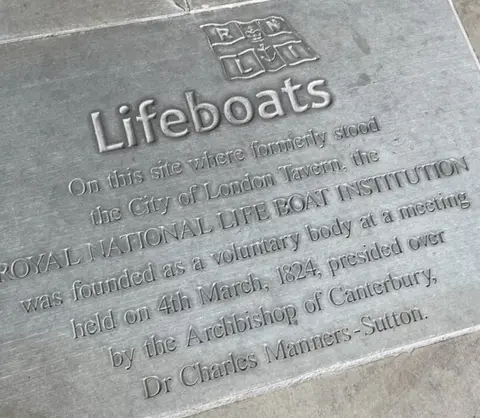
The city has a long history with the RNLI with its headquarters being based in London.
The RNLI also had its store yard in Poplar, east London, where from 1882 to 1939 lifeboats which had been ravaged during rescues at sea were taken to be repaired.
Furthermore, the area had a thriving boatbuilding community and local firms like Forrest of Limehouse and Woolfe of Poplar were used to build lifeboats.
However, those boats would normally be taken elsewhere around the country, with no station being based in London.
It would take a disaster on the Thames more than 160 years after the charity's creation for a dedicated lifeboat service to be considered for the capital.
On 20 August 1989 the Marchioness party boat and the dredger Bowbelle collided, resulting in the loss of 51 lives.
Following a campaign by families of some of the victims and an inquiry into safety on the Thames by Lord Justice Clarke, there was a fundamental review of emergency response procedures on the river.
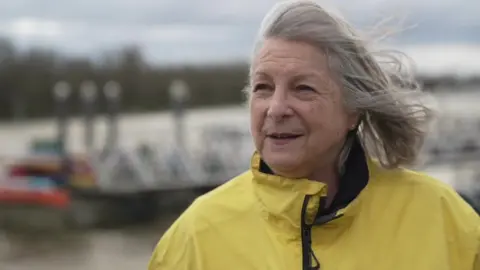
As a result, the government requested a search and rescue service for the Thames involving the Maritime and Coastguard Agency, the Port of London Authority and the RNLI.
Three years later, on 2 January 1992, four lifeboat stations were opened on the Thames - at Teddington, Chiswick, Tower Pier on the Victoria Embankment, and at Gravesend.
Janet Kelly was appointed the first manager at Tower Pier and ran the station for 14 years. She remembers the piece of good luck that the RNLI were able to buy the Tower Pier.
"The Thames Division - which is part of the Metropolitan Police - they didn't want their Waterloo Police pier by Waterloo Bridge. The police were very generous and allowed the RNLI to buy the pier for a token sum of a pound.
"For us in the middle of London to be there was priceless. We couldn't ask for a better spot to put a lifeboat station in," she says.
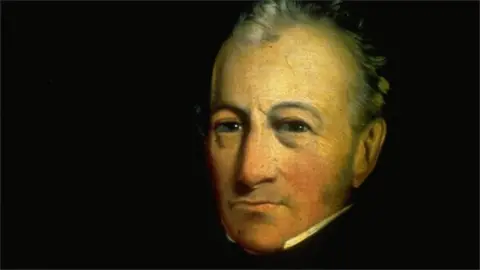 RNLI
RNLIBefore it opened, some people questioned the need for lifeboat stations in a major city, but these days Tower Pier is the busiest in the country. It has had almost 10,500 call outs since it launched and almost 400 lives have been saved by the crews there.
The station is staffed 24 hours a day, as are Chiswick and Gravesend, with 98% of the roles filled by volunteers. The aim is for crews to be on the river within 90 seconds of an emergency call-out.
Today the RNLI works with all the other agencies on the river including the police and the Port of London Authority, whose job it is to keep the river safe. It also still relies on volunteers and is funded entirely by charitable donations.
To mark 200 years since its creation, a service of thanksgiving is being held in Westminster Abbey, with a congregation made up of representatives from RNLI lifesaving communities around the UK and Ireland.
So, two centuries on from its creation, what would the philanthropists and politicians of 1824 make of today's RNLI?
"They would be very proud indeed of where we have come," says the charity's chief executive, Mark Dowie.
"They would also recognise huge elements of the RNLI today and what they thought about all those years ago."

Listen to the best of BBC Radio London on Sounds and follow BBC London on Facebook, X and Instagram. Send your story ideas to [email protected]
